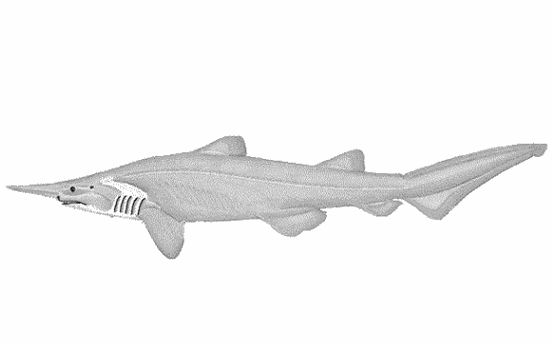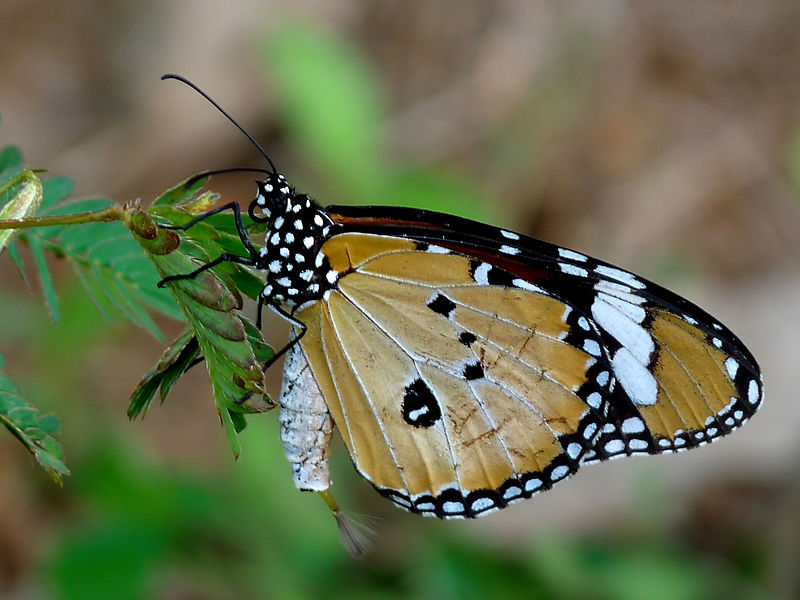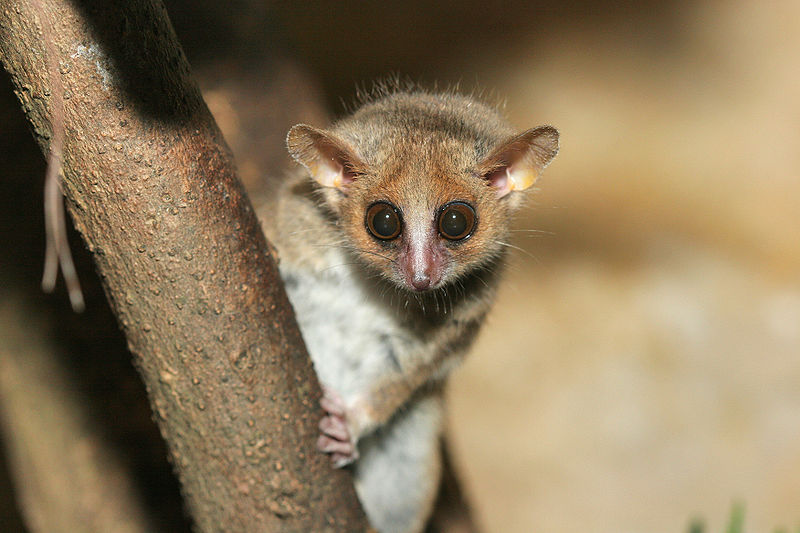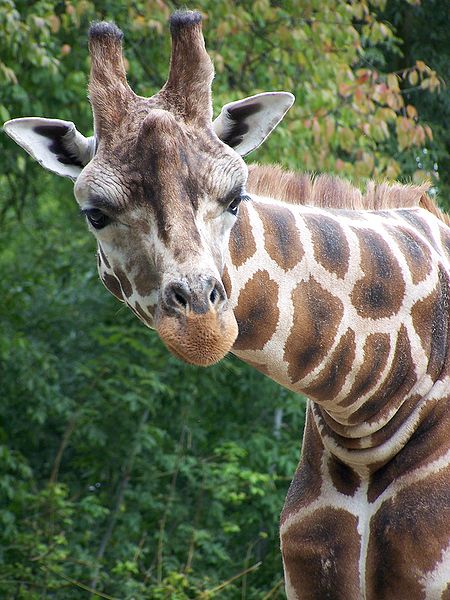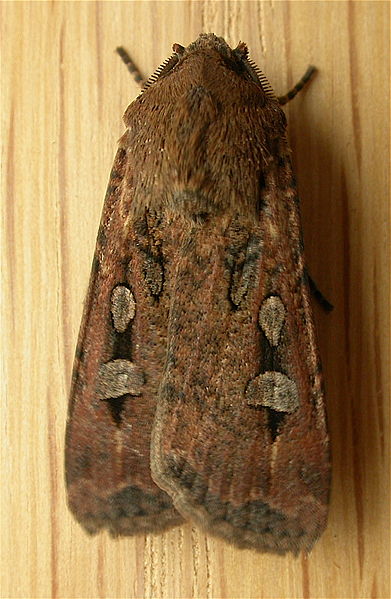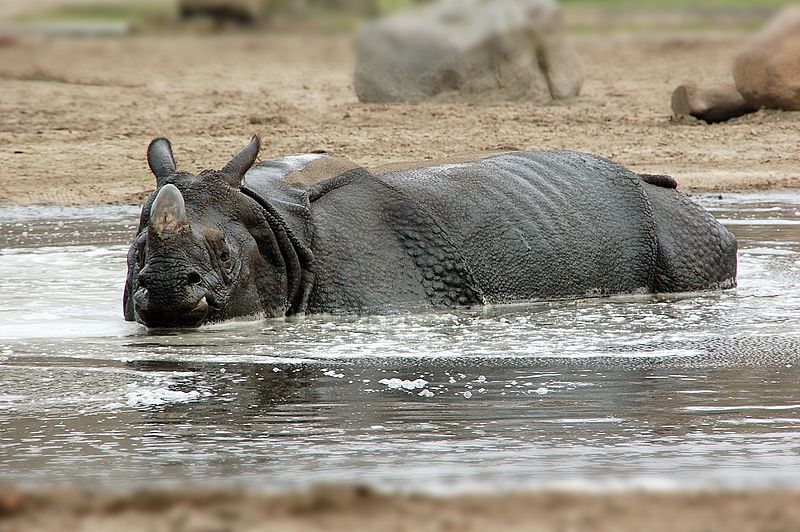
Since yesterday was World Rhinoceros Day, I figured we would celebrate by learning about the Indian Rhinoceros. Okay, so I know I am a day late but better late than never, right? Besides, there is never a bad time to learn how we can conserve this beautiful species. This vulnerable species is found in North Eastern India and is also confined to the riverine grasslands surrounding the Himalaya Mountains. So you know what this means, right? Yep, we are taking a trip to Nepal….Yippeee. As I alluded to though, we had better hurry since there are only about 3000 of these species remaining in the wild.
The Indian Rhinoceros is a little different than their more common African cousins. For starters, they have a segmented hide, which kind of resembles a Knight in Shining Armour (well, I guess it resembles a Rhino in Shining Armour but you get my point). It even acts the same as these plates shift as the Rhino moves around. This definitely offers added protection by having less exposed areas. Now I want to see them riding a horse and jousting with other Rhino’s.
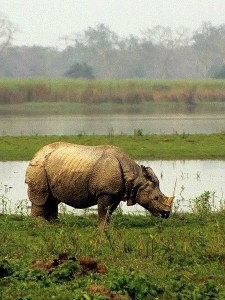
There is another obvious physical trait that distinguishes the Indian Rhinoceros from their African cousins. Perhaps the scientific name of this species will help you figure it out. In the Science world the Indian Rhinoceros is known as Rhinoceros unicornis, which should offer a pretty good clue. Yes, the Indian Rhino only has one horn, much like the famed Unicorn. Unfortunately, this little horn has caused a ton of problems for the Indian Rhinoceros. Many of these animals have been killed so people can use this horn for medicinal purposes or as decoration. Clearly this is something that needs to be stopped if we would like to keep the Indian Rhinoceros around for a little while longer.
Indian Rhinoceros Fast Fact – Although they may look big and slow, the Indian Rhinoceros is actually quite nimble for their size. Believe it or not, when they are charging something they can easily reach speeds up to 48 km/hr (30 mph). Maybe it is just me but I don’t think I would like a 2000 kg (4400 lb) animal running 48 km/hr towards me.
Well that does it for the last Wild Fact of the week. If you would like to help protect the Indian Rhinoceros or would just like to read some more about conservation efforts then I suggest checking out this article about the Lewa Wildlife Conservancy. I highly recommend getting in touch with this reputable and worthwhile organization.
Enjoy your weekend!

